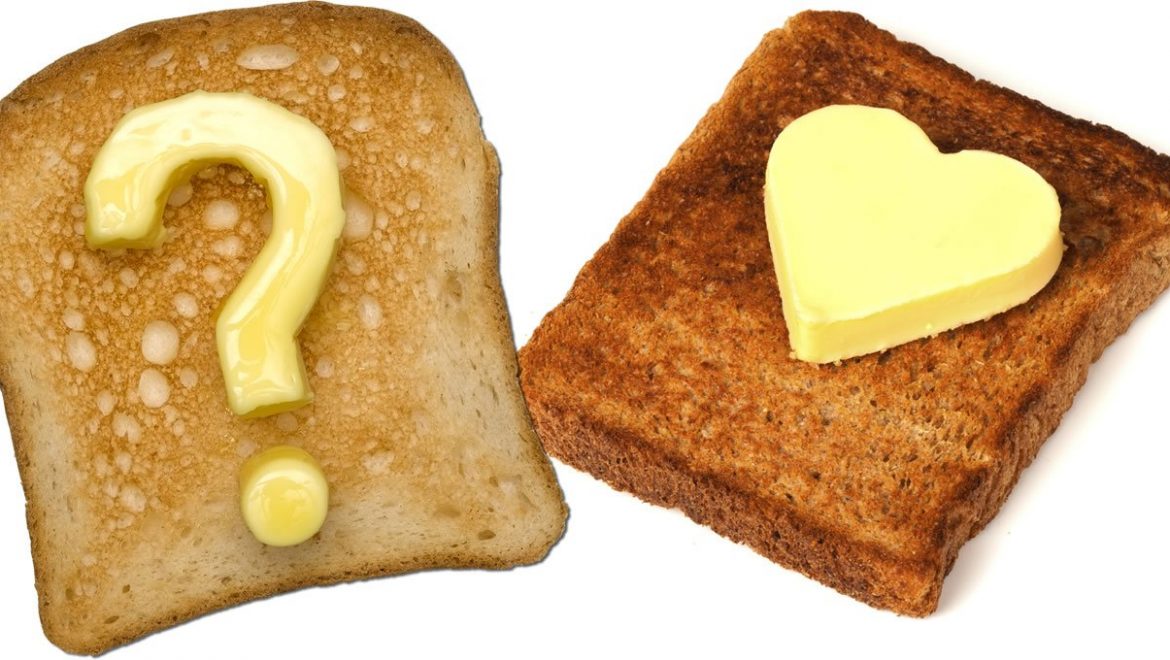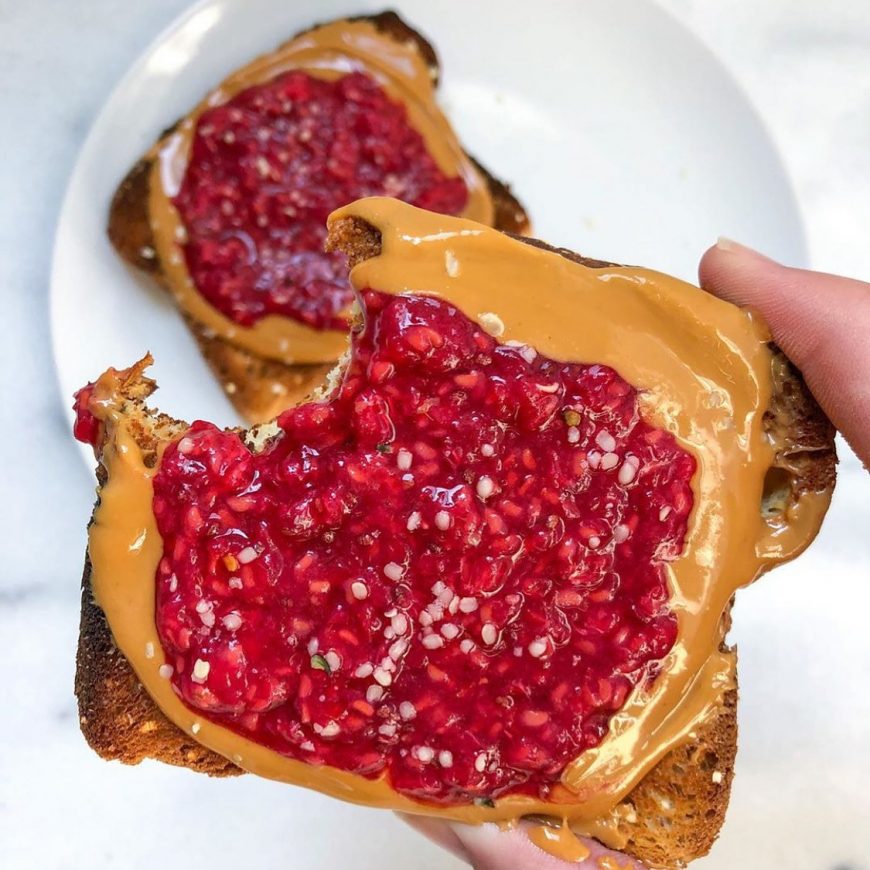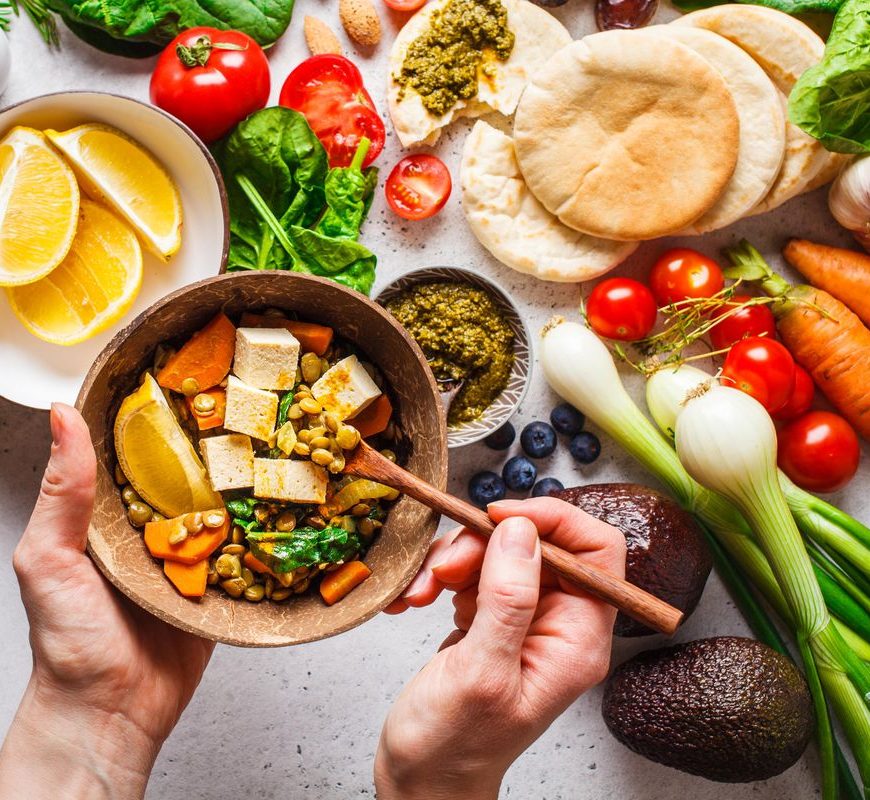“As for butter versus margarine, I trust cows more than chemists” Joan Gussow
Heard the saying, “margarine is only one molecule away from plastic”?!
Eating margarine daily is associated with significantly lower IQ scores even at 3 ½ years of age. Imagine the effects of a lifetime of margarine!
Even your cholesterol-lowering margarine is a trans fat. The process of turning vegetable oil (liquid) into margarine (solid) is called hydrogenation – turning polyunsaturated oils which are liquid at room temperature into solids. The cheapest oils are used. They are mixed with metal particles such as nickel oxide (a catalyst), hydrogen gas, high pressure, and a high temperature reactor. Soap-like emulsifiers are added for smooth consistency. It is steam cleaned to remove the odour of rancid oils. Margarine is grey so it is bleached, and colours and flavourings are added for appeal. Then you spread it on your toast!
Yes is the answer to your question, that does also include Olivani and Proactiv – your cholesterol-lowering margarine. Olivani is only 16% (hydrogenated) olive oil and the rest is made up of other vegetable oils and additives!
If you are going to eat chocolate chippy biscuits, at least bake them yourself so you know they contain good-ol’ butter instead of margarine or vegetable oil.
Butter is rich in vitamins A, E and D. Cows eat grass which is a source of beta-carotene. It is not recommended to eat grass to get your beta-carotene, but even better, cows convert beta-carotene into vitamin A for us.
Vitamin A is the active form of beta-carotene our body needs – it is more efficient for us to eat vitamin A than beta-carotene and convert it to vitamin A. Cows do the hard yards for us!
The yellow colour of butter is dependent on cows eating beta-carotene rich feed. When cows eat a lot of grass, a yellow pigment naturally occurs in the milk fat and that is typically seen in the rich yellow colour of NZ butter. If cows are grain-fed during certain seasons their butter is more likely to be white or pale. Grain-feed does not contain beta-carotene. It is known that butter is dyed yellow in the US to make up for the lack of colour in their beta-carotene deficient butter. In NZ, butter appears whiter during the dry season (particularly during a drought) when there is a shortage of grass. We are reassured that butter in NZ is not dyed. Nevertheless, butter will always be superior to margarine.
Butter also contains butyrate, a short-chain fatty acid. Butyrate is beneficial for our gut and intestinal cells, for anyone with leaky gut or malabsorption. Butter is a saturated fat, but there is no need to be alarmed because there is no link between saturated fats and heart disease. Due to it being a saturated fat, butter is suitable for cooking. However, ghee is even better.
Ghee has gained popularity as a cooking oil. Ghee is clarified butter, meaning it is solely the fat component of butter. It is simple to make at home by simmering butter to separate the fat from the small amount of protein and sugar still present from milk. When you simmer it, the protein is the white froth on top that you can scoop off. The sugar (lactose) will burn on the bottom of the pot. Ghee does not need to be stored in the fridge, unlike butter.
#healthytakeaways
Butter!
What if I’m dairy-free?
Try avocado, coconut oil, or nut/seed butter e.g. peanut, almond, cashew, or ABC spread (almond, Brazil and cashew).
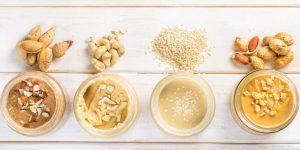
*Extract from my book MY NUTRITION MENTOR by Liv Kennedy
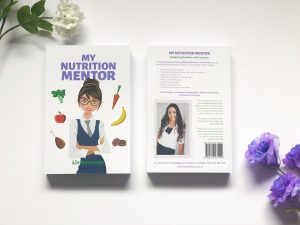
Check out my blog ~ 10 Healthy Foods That Aren’t Really Healthy
Your Nutrition Mentor,


